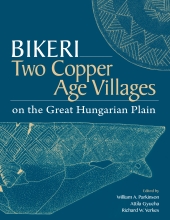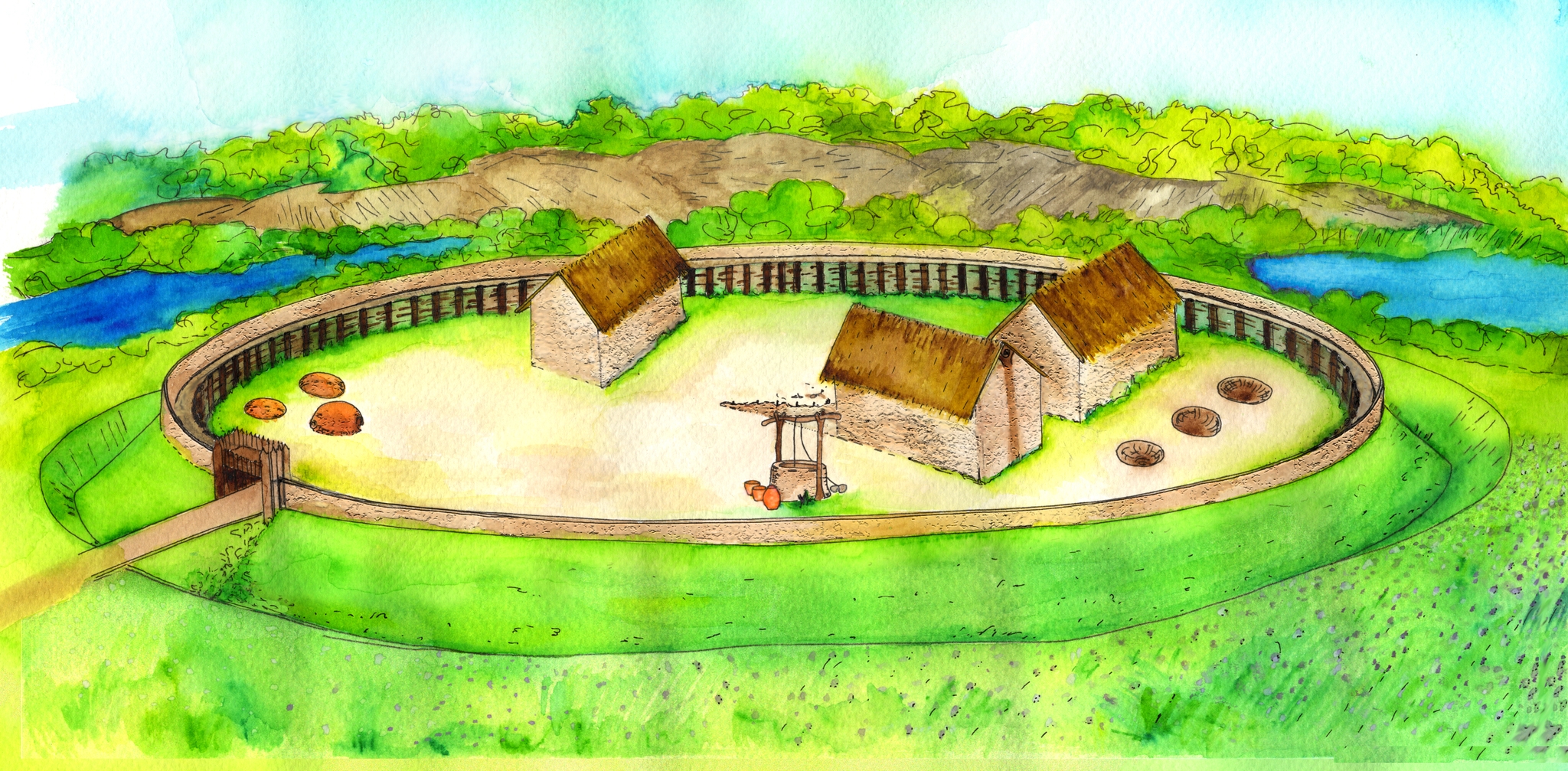
Series: Monumenta Archaeologica 46
ISBN: 978-1-950446-16-2
Publication Date: November 1, 2021
Price: Hb $110, Ebook $60
Order this book here!
- Print: Order from our distributor
The transition from the Neolithic period to the Copper Age in the northern Balkans and the Carpathian Basin was marked by significant changes in material culture, settlement layout and organization, and mortuary practices that indicate fundamental social transformations in the middle of the fifth millennium BC. Prior research into the Late Neolithic of the region focused almost exclusively on fortified ‘tell’ settlements. The Early Copper Age, by contrast, was known primarily from cemeteries such as the type site of Tiszapolgár-Basatanya.

This edited book describes the multi-disciplinary research conducted by the Körös Regional Archaeological Project in southeastern Hungary from 2000–2007. Centered around two Early Copper Age Tiszapolgár culture villages in the Körös Region of the Great Hungarian Plain, Vésztő-Bikeri and Körösladány-Bikeri, our research incorporated excavation, surface collection, geophysical survey and soil chemistry to investigate settlement layout and organization. Our results yielded the first extensive, systematically collected datasets from Early Copper Age settlements on the Great Hungarian Plain. The two adjacent villages at Bikeri, located only 70 m apart, were similar in size, and both were protected with fortifications. Relative and absolute dates demonstrate that they were occupied sequentially during the Early Copper Age, from ca. 4600–4200 cal B.C. The excavated assemblages from the sites are strikingly similar, suggesting that both were occupied by the same community. This process of settlement relocation after only a few generations breaks from the longer-lasting settlement pattern that are typical of the Late Neolithic, but other aspects of the villages continue traditions that were established during the preceding period, including the construction of enclosure systems and longhouses.
Table of Contents
Part I: The Körös Regional Archaeological Project
- Chapter 1: Introduction and Overview of the Körös Regional Archaeological Project William A. Parkinson, Attila Gyucha, and Richard W. Yerkes
Part II: Regional Investigations in the Körös River Drainage
- Chapter 2: Landscapes and Soils in the Study Area Tod A. Frolking
- Chapter 3: Paleohydrological Reconstruction of the Körös Region Attila Gyucha and Paul R. Duffy
- Chapter 4: Archaeological Surface Collections Richard W. Yerkes, William A. Parkinson, and Attila Gyucha
- Chapter 5: Soil Chemistry Meredith Hardy, Michael L. Galaty, Roderick B. Salisbury, and Doc M. Billingsley
- Chapter 6: Geophysical Remote Sensing Apostolos Sarris
Part III: Archaeological Excavations at Vésztő-Bikeri and Körösladány-Bikeri
- Chapter 7: Excavation Methods and Results Richard W. Yerkes, William A. Parkinson, Attila Gyucha, and Margaret Morris
- Chapter 8: Settlement Chronology and Layout Attila Gyucha, Richard W. Yerkes, and William A. Parkinson
Part IV: Material Studies from Vésztő-Bikeri and Körösladány-Bikeri
- Chapter 9: The Ceramic Assemblages: Typology, Style, and Function Attila Gyucha and William A. Parkinson
- Chapter 10: Elemental, Mineralogical, and Petrographic Analyses of Ceramics and Daub Samuel Duwe, Timothy Parsons, Michael Galaty, and Hanneke Hoekman-Sites
- Chapter 11: Bone, Antler, and Tusk Artifacts Zsuzsanna Tóth, Alice M. Choyke, and Attila Gyucha
- Chapter 12: The Chipped Stone Assemblages William A. Parkinson and Tibor Marton
- Chapter 13: Other Small Finds Attila Gyucha and István Oláh
- Chapter 14: The Faunal Assemblages Amy Nicodemus, Zsófia Eszter Kovács, and Richard W. Yerkes
- Chapter 15: The Floral Assemblages Richard W. Yerkes, Attila Gyucha, and Kimberly Kasper
- Chapter 16: Burials and Mortuary Practices Julia Giblin and Michelle Hughes Markovics
Part V: Conclusions
- The End of the Neolithic and the Dawn of the Copper Age William A. Parkinson, Attila Gyucha, and Richard W. Yerkes
